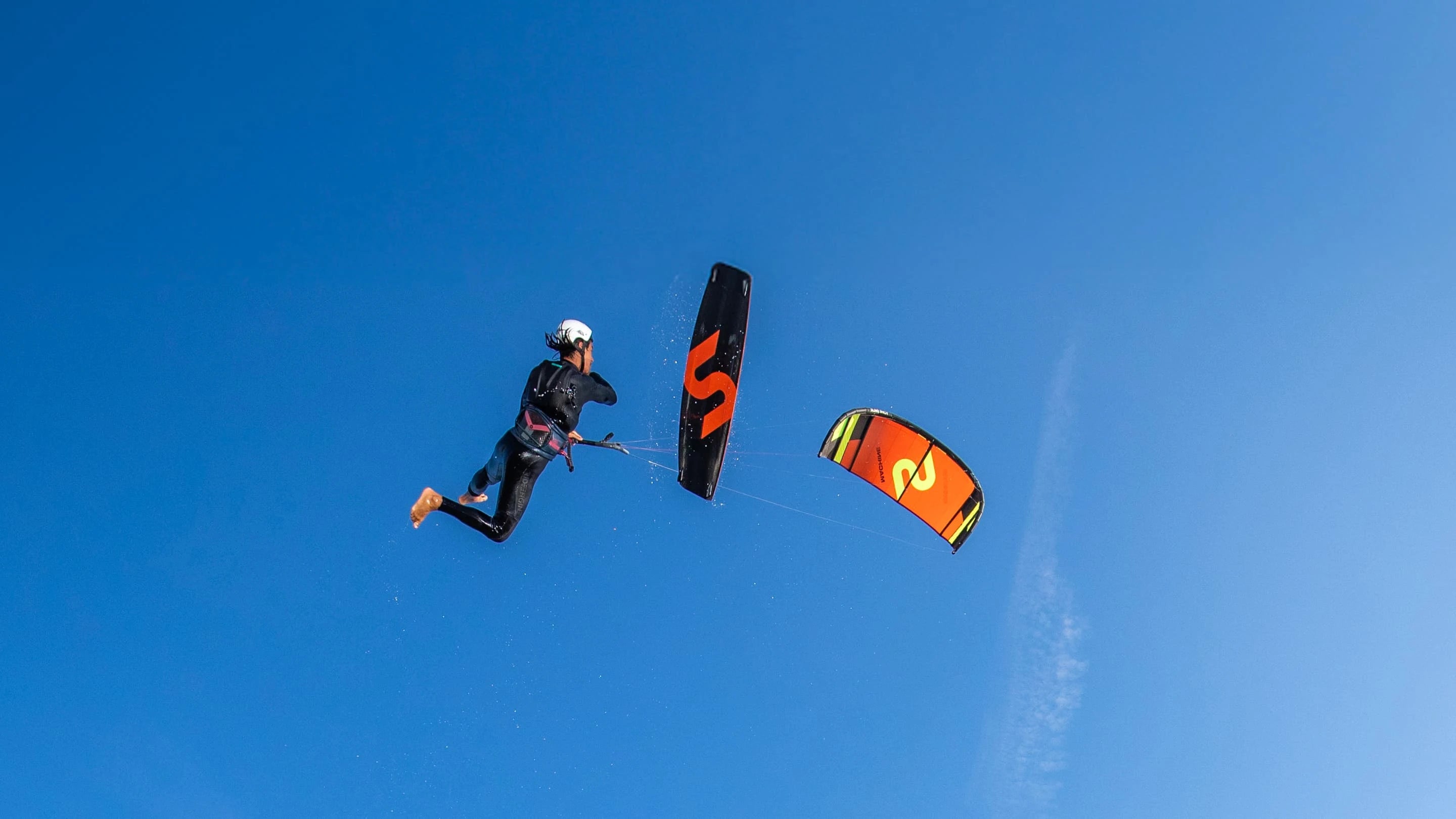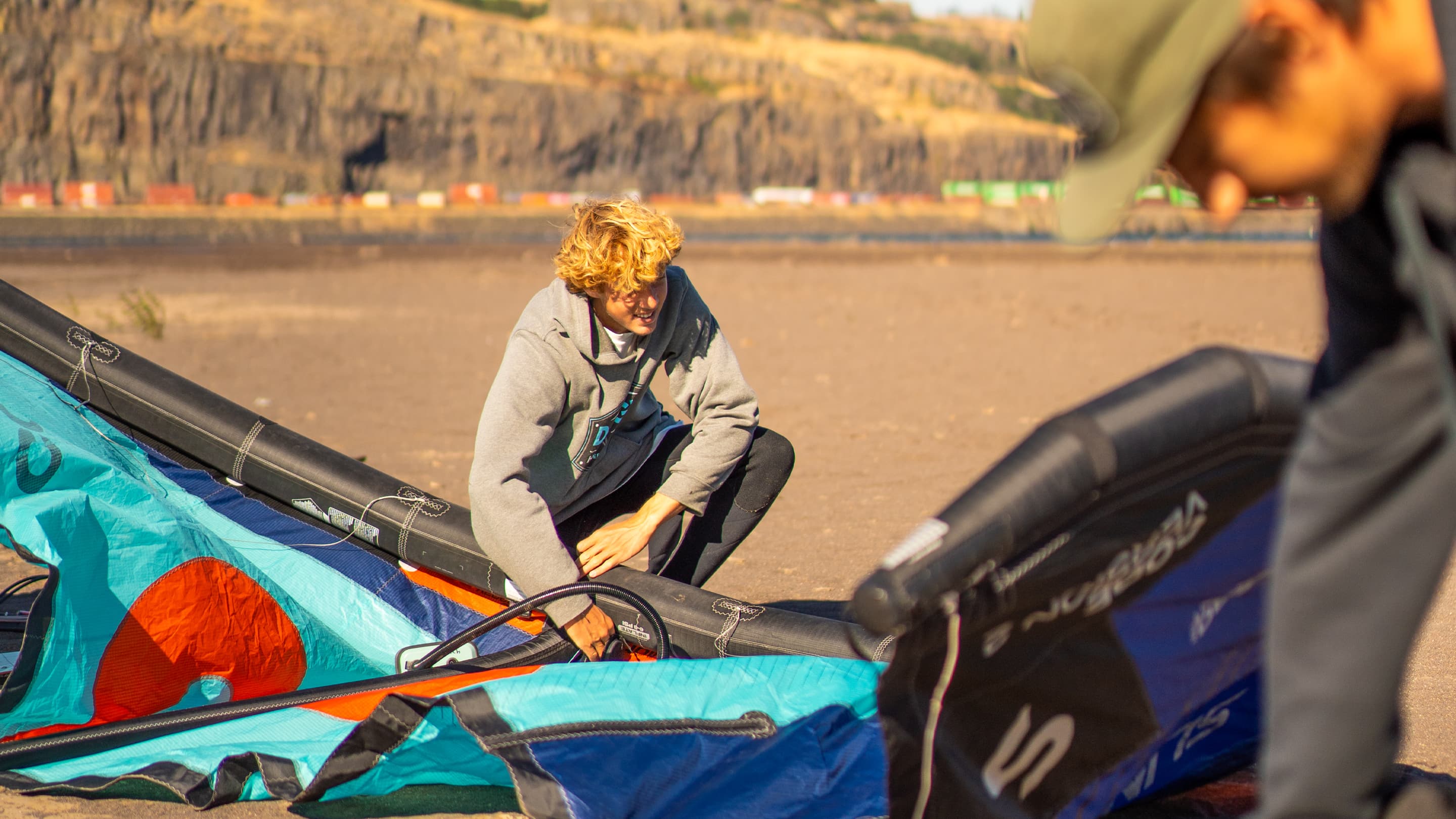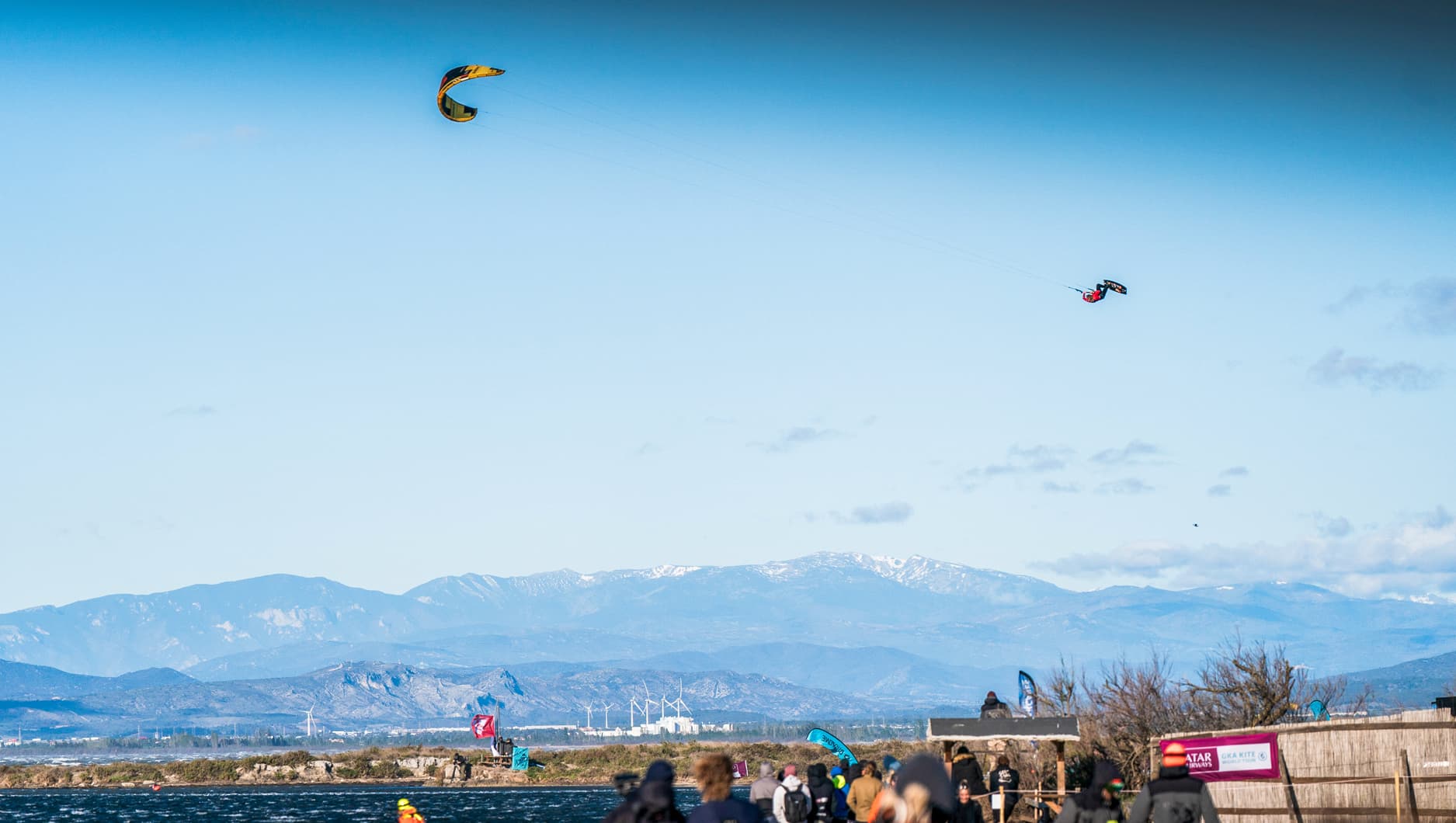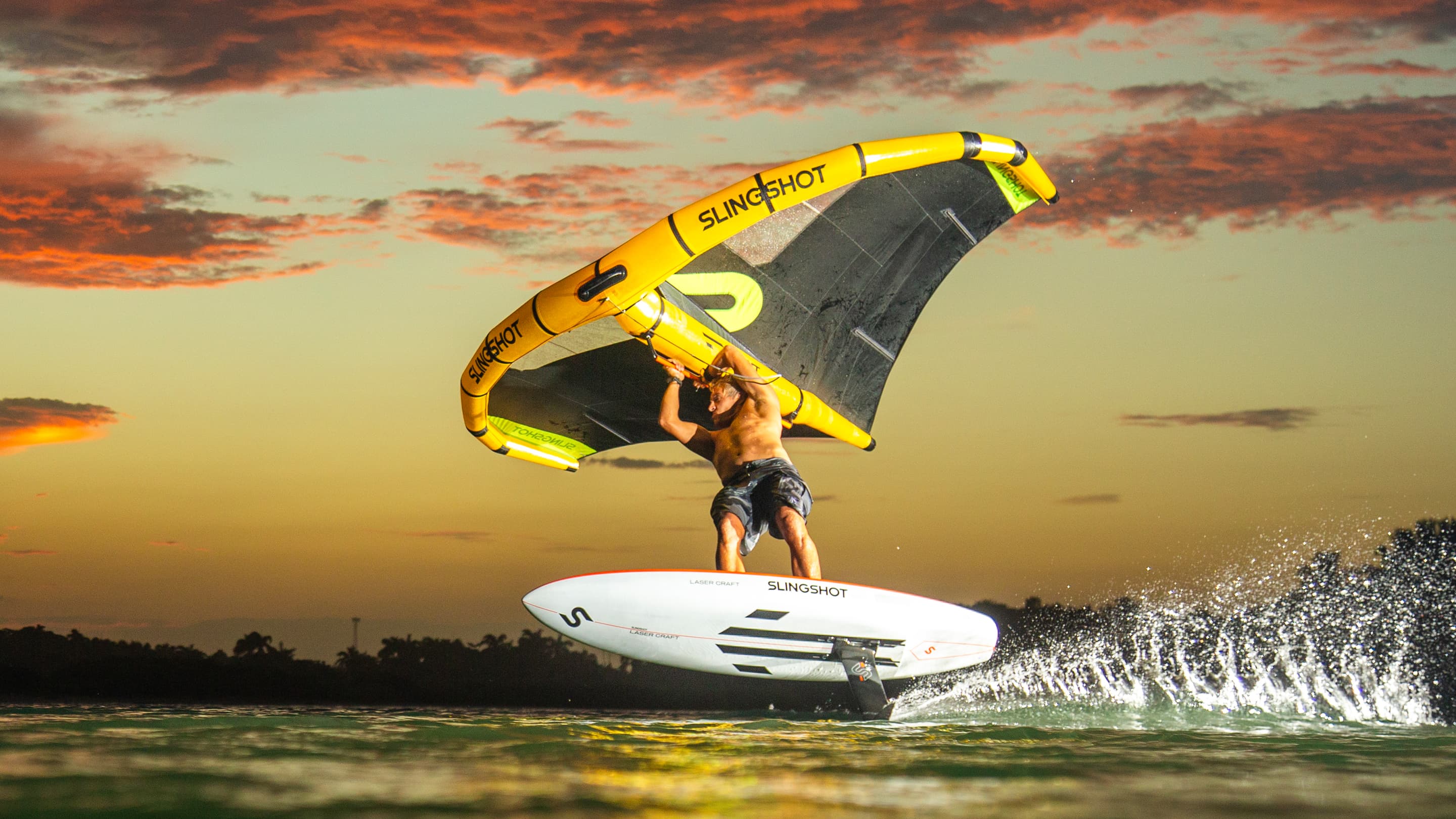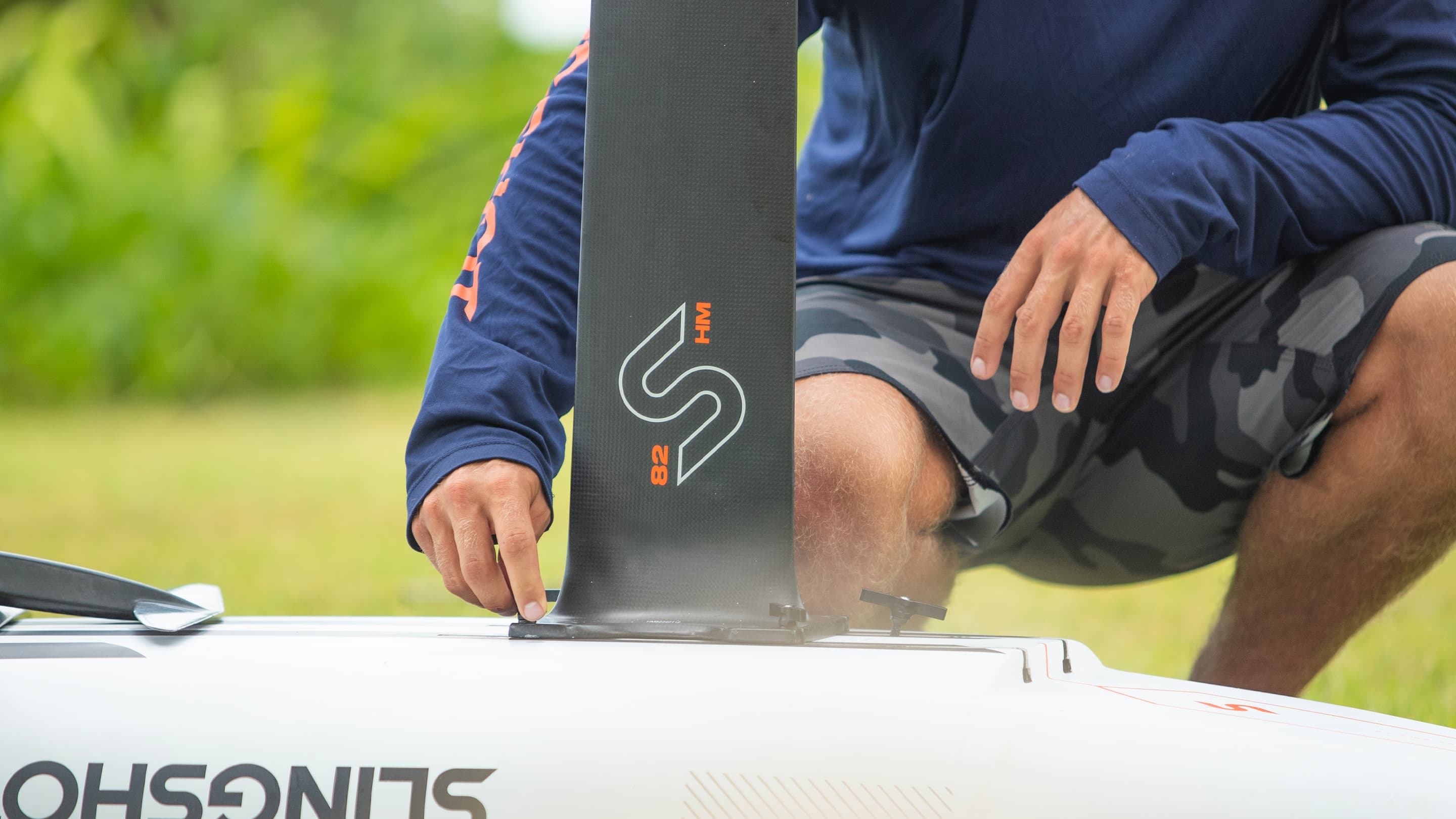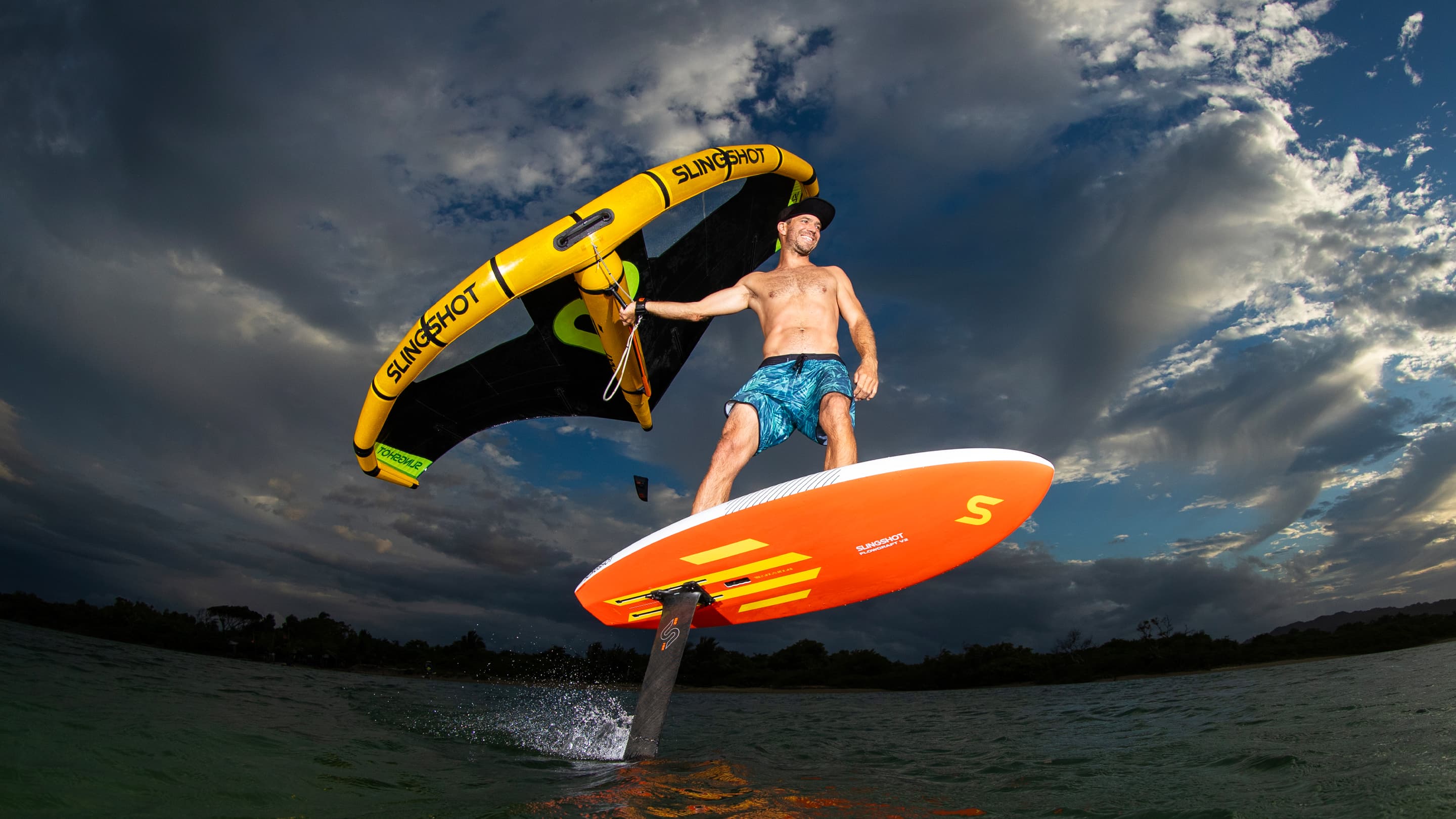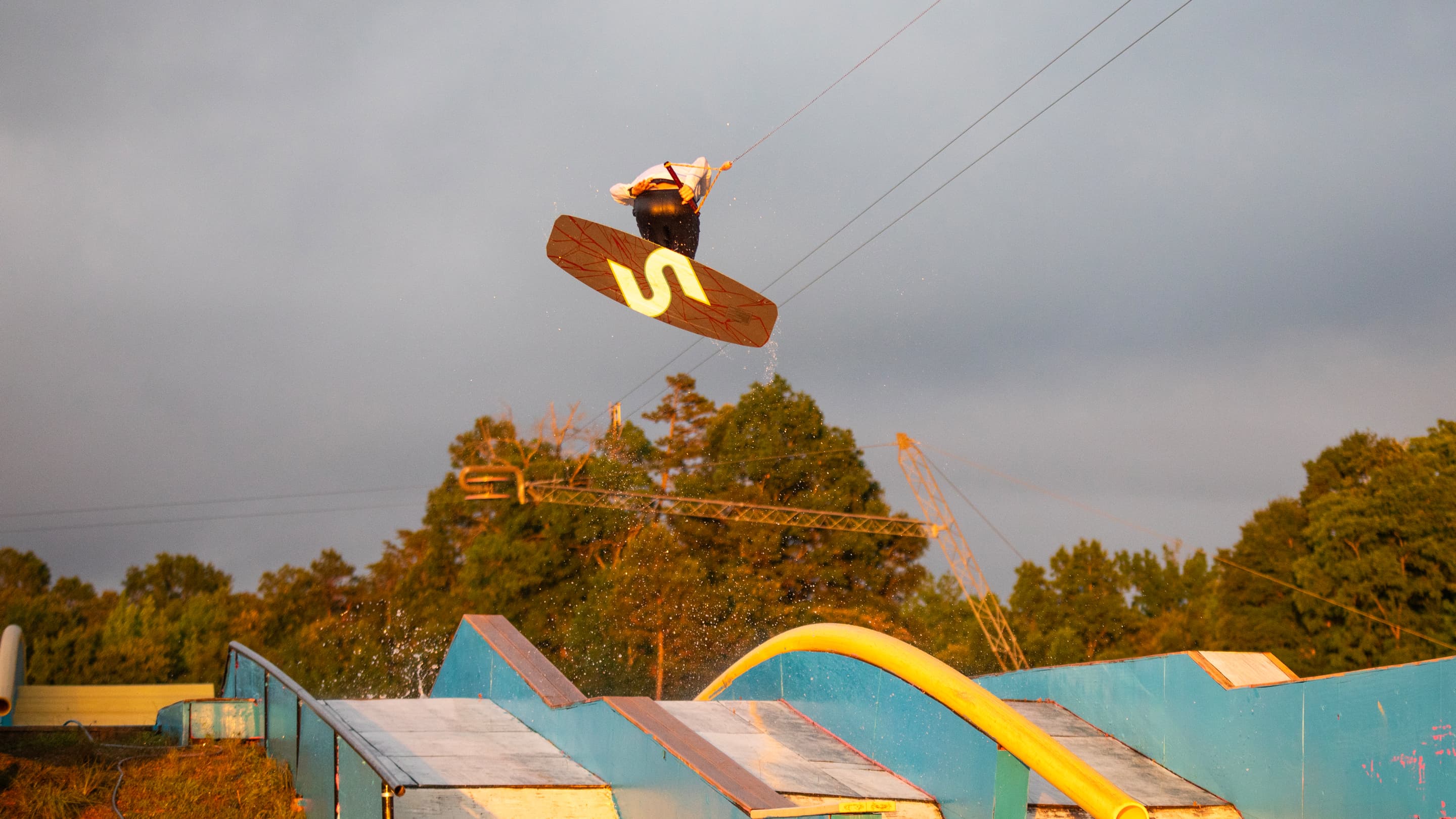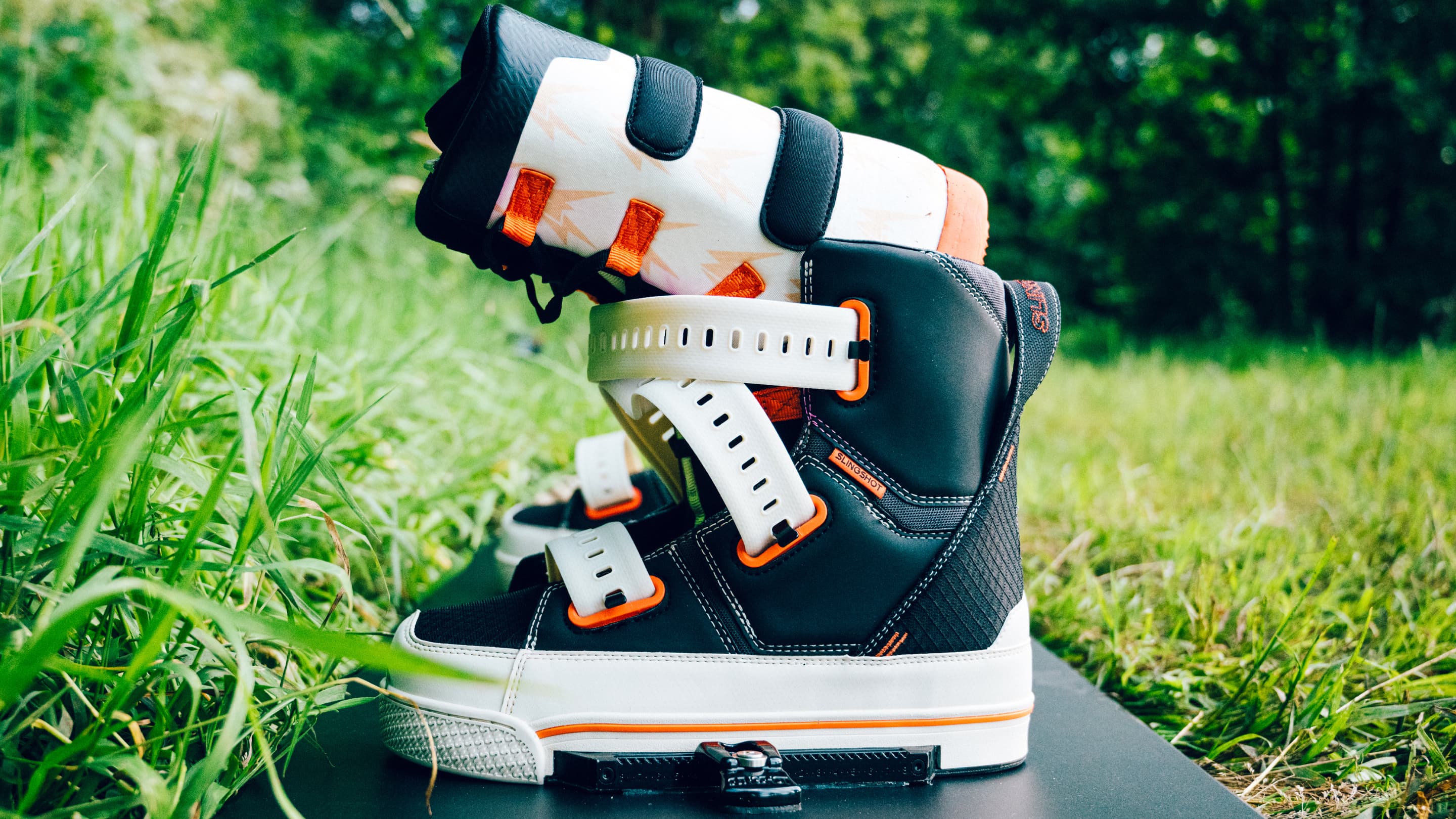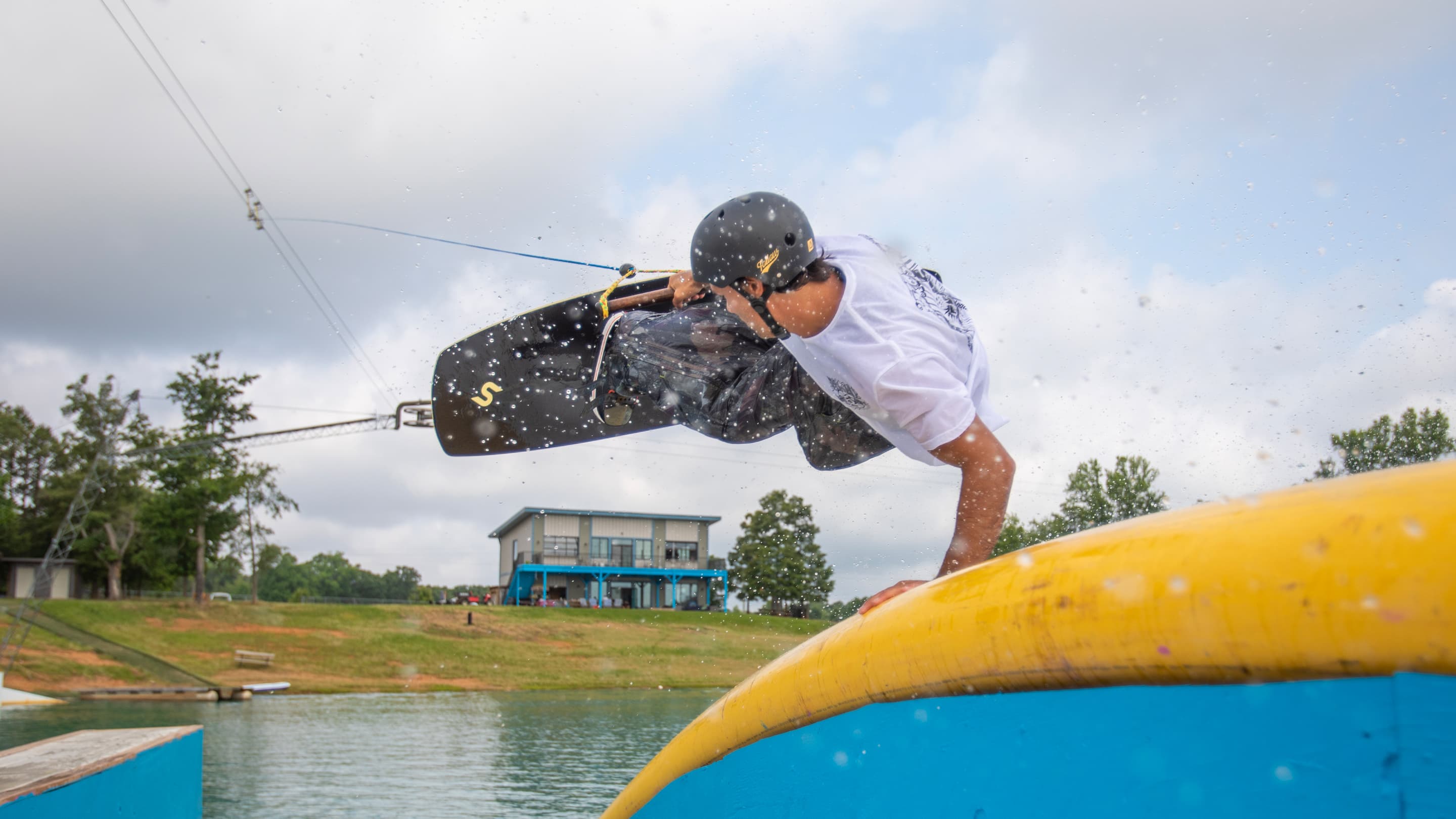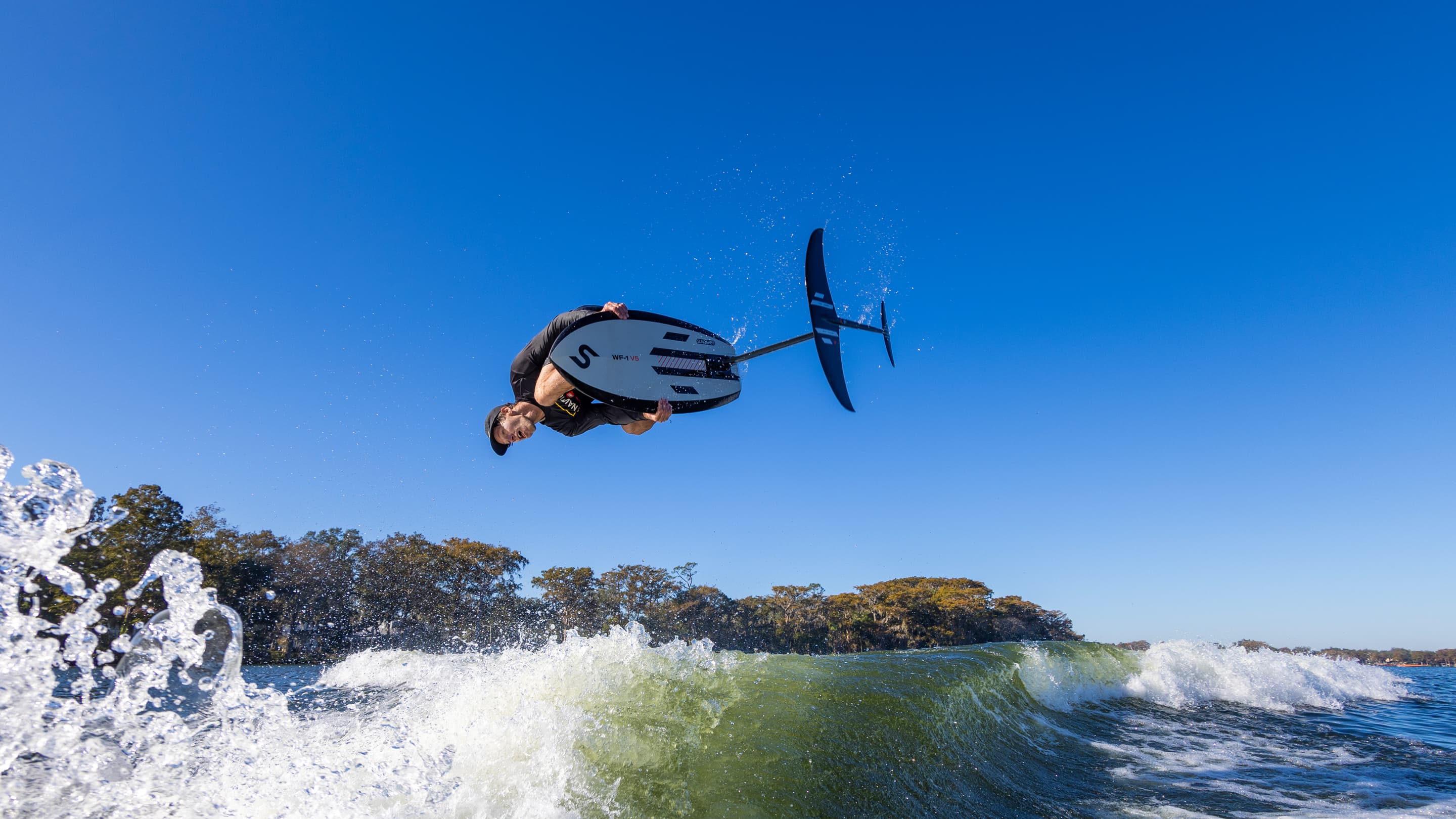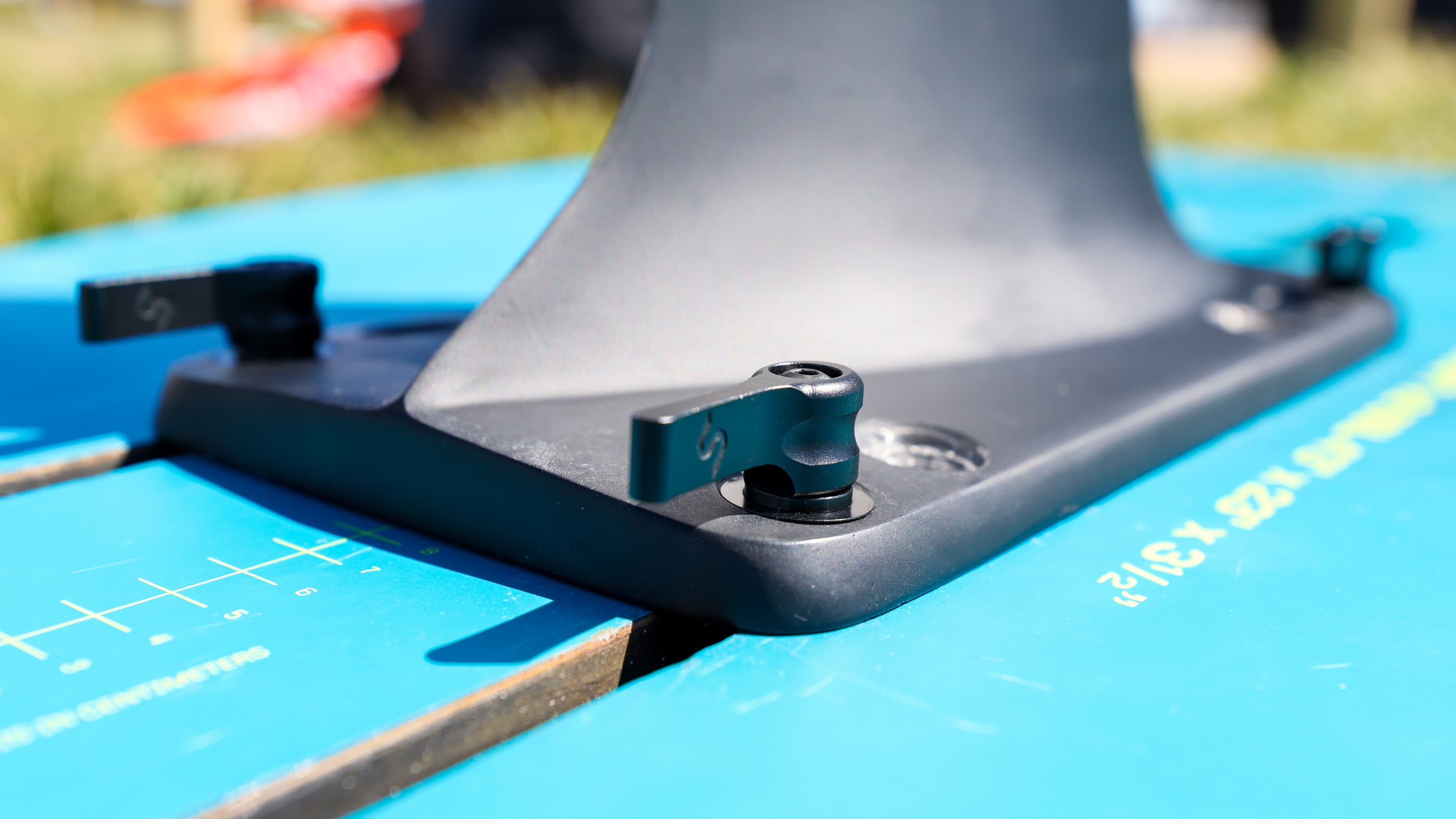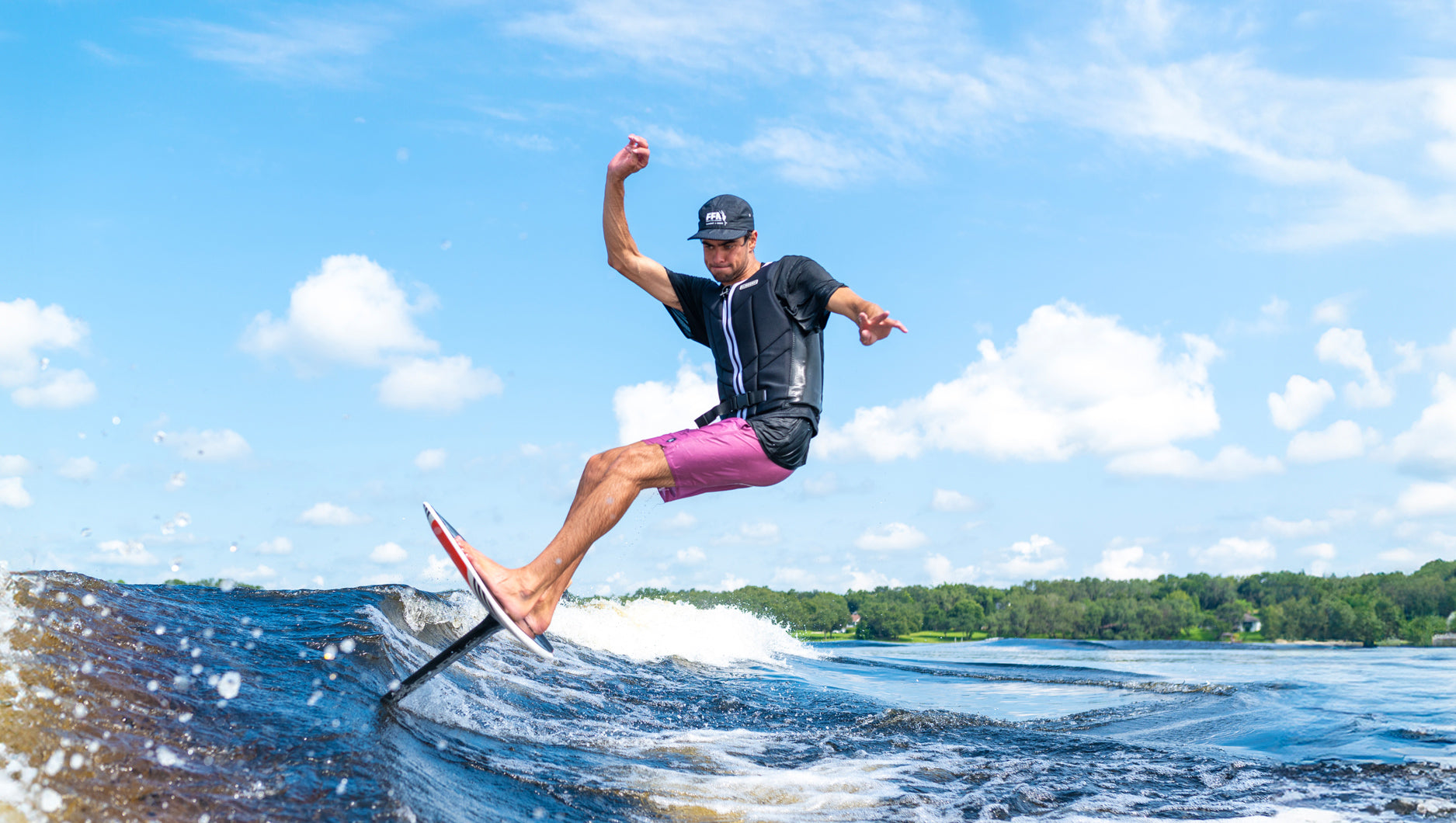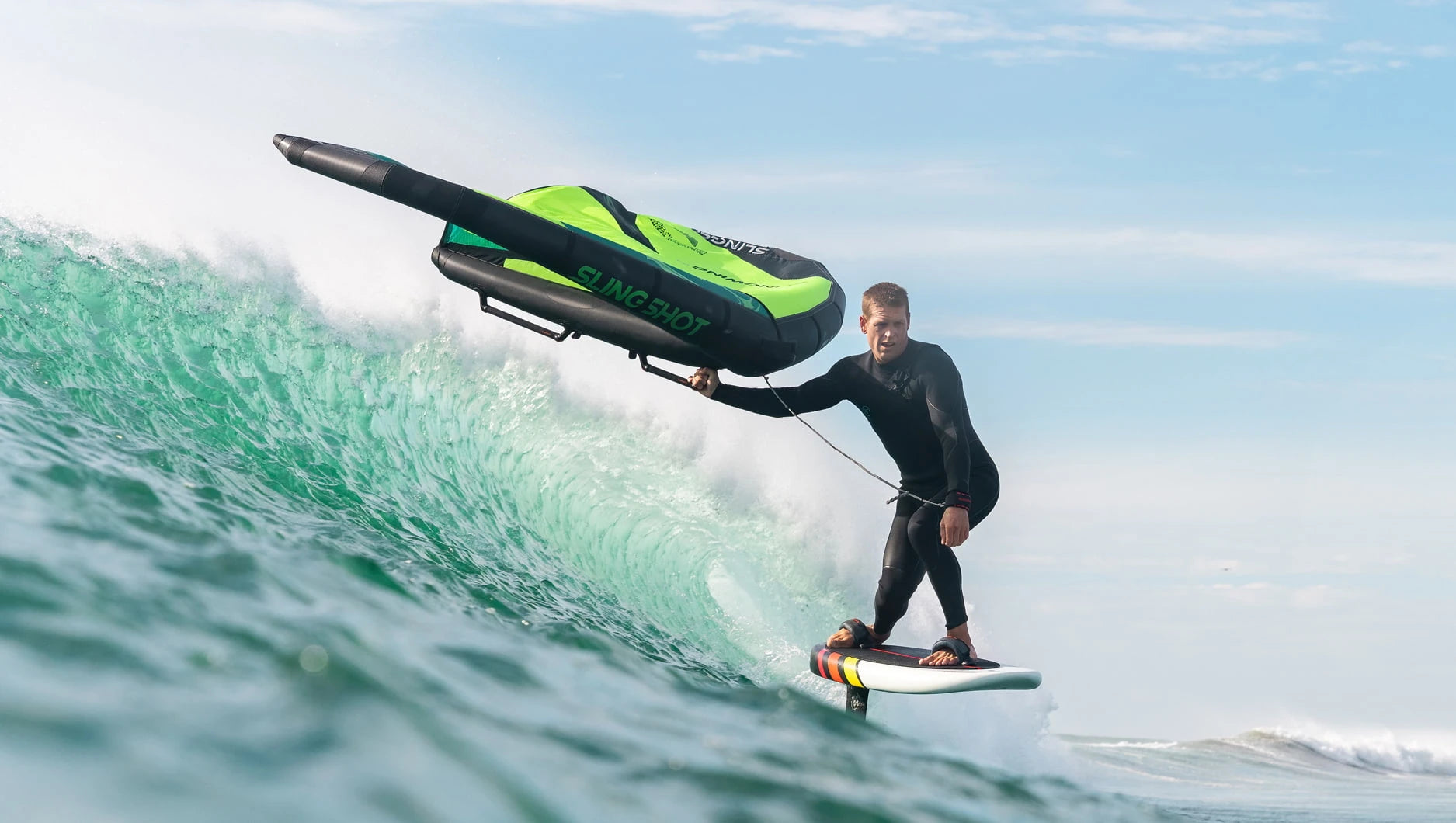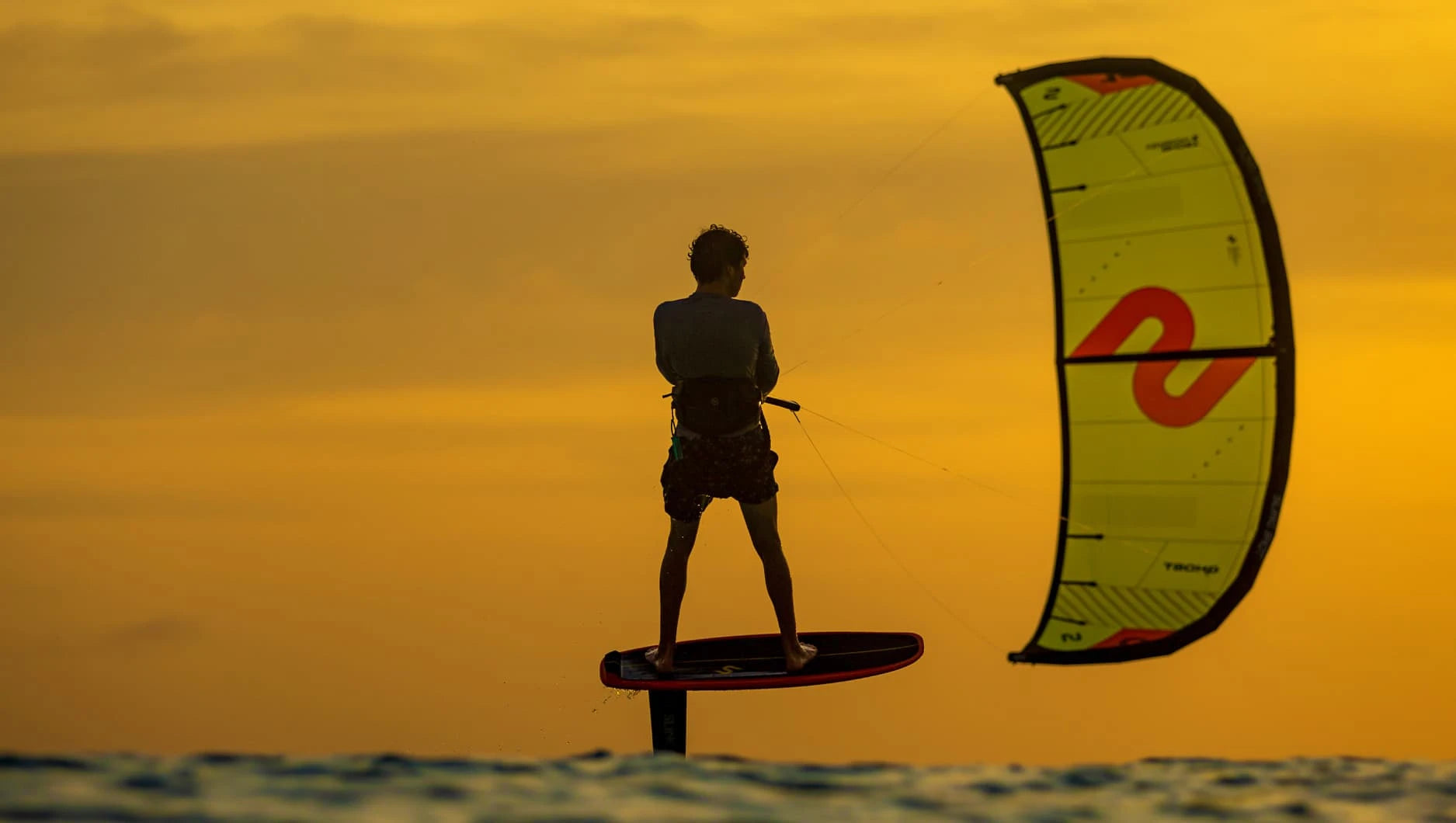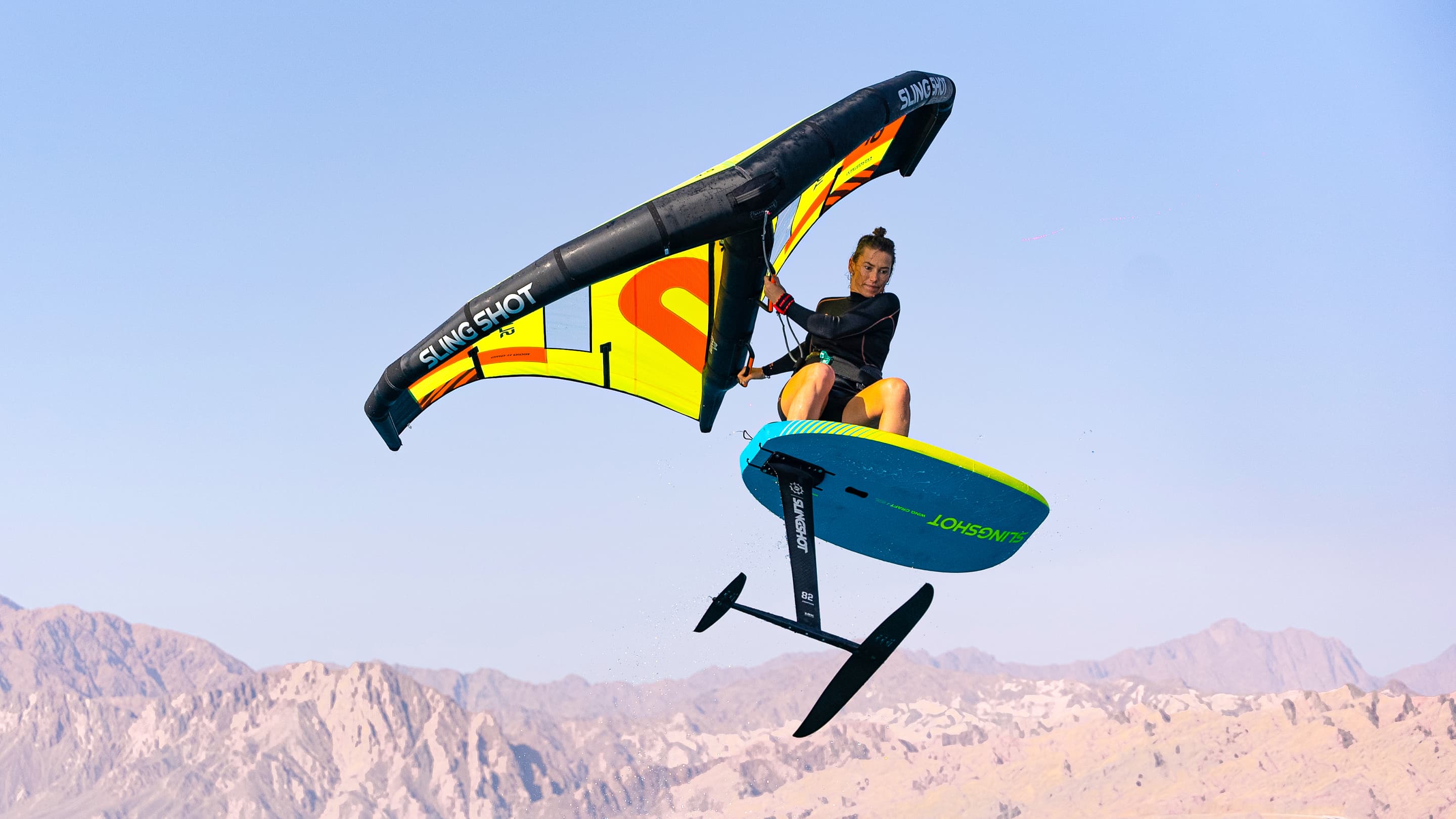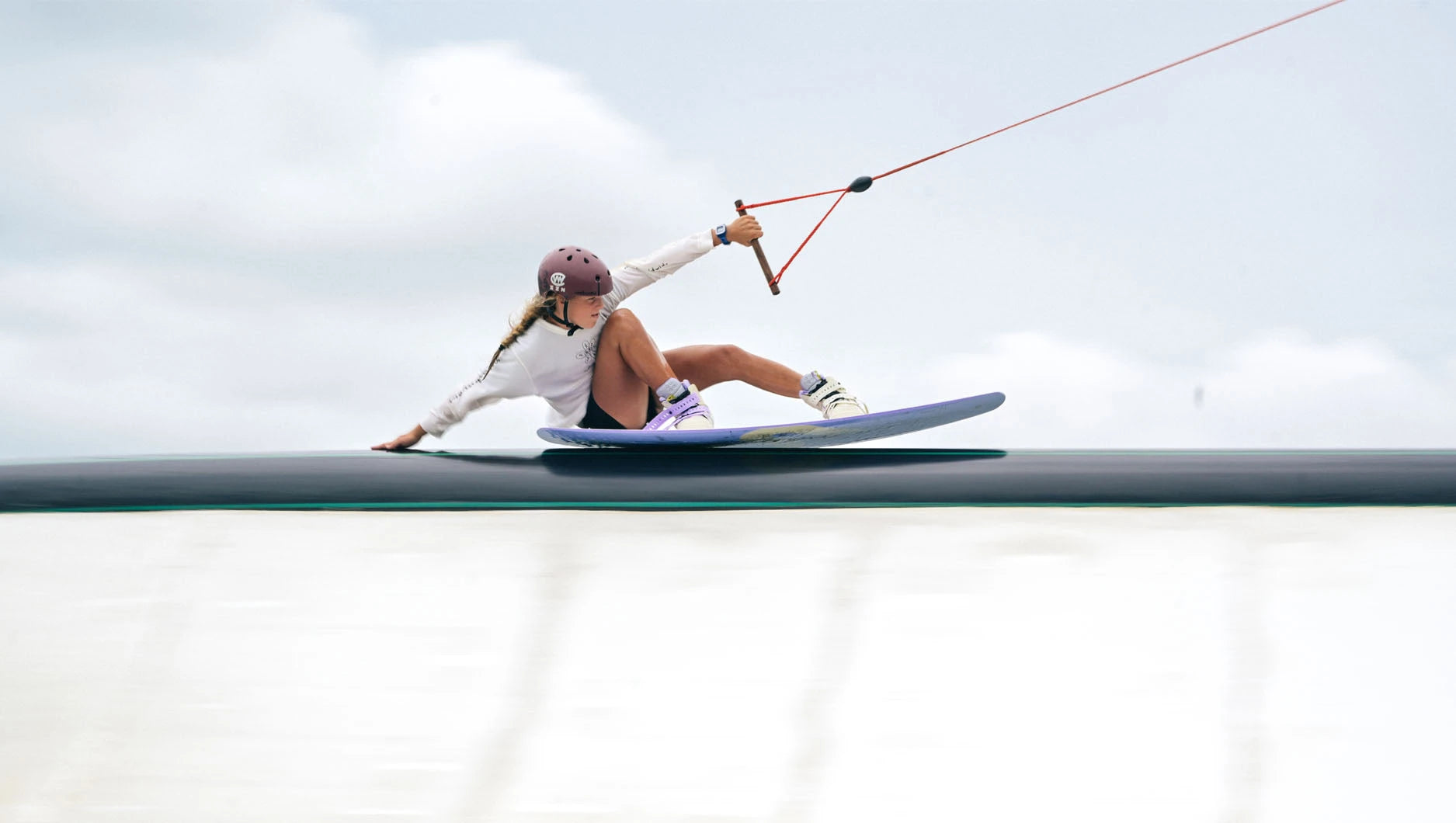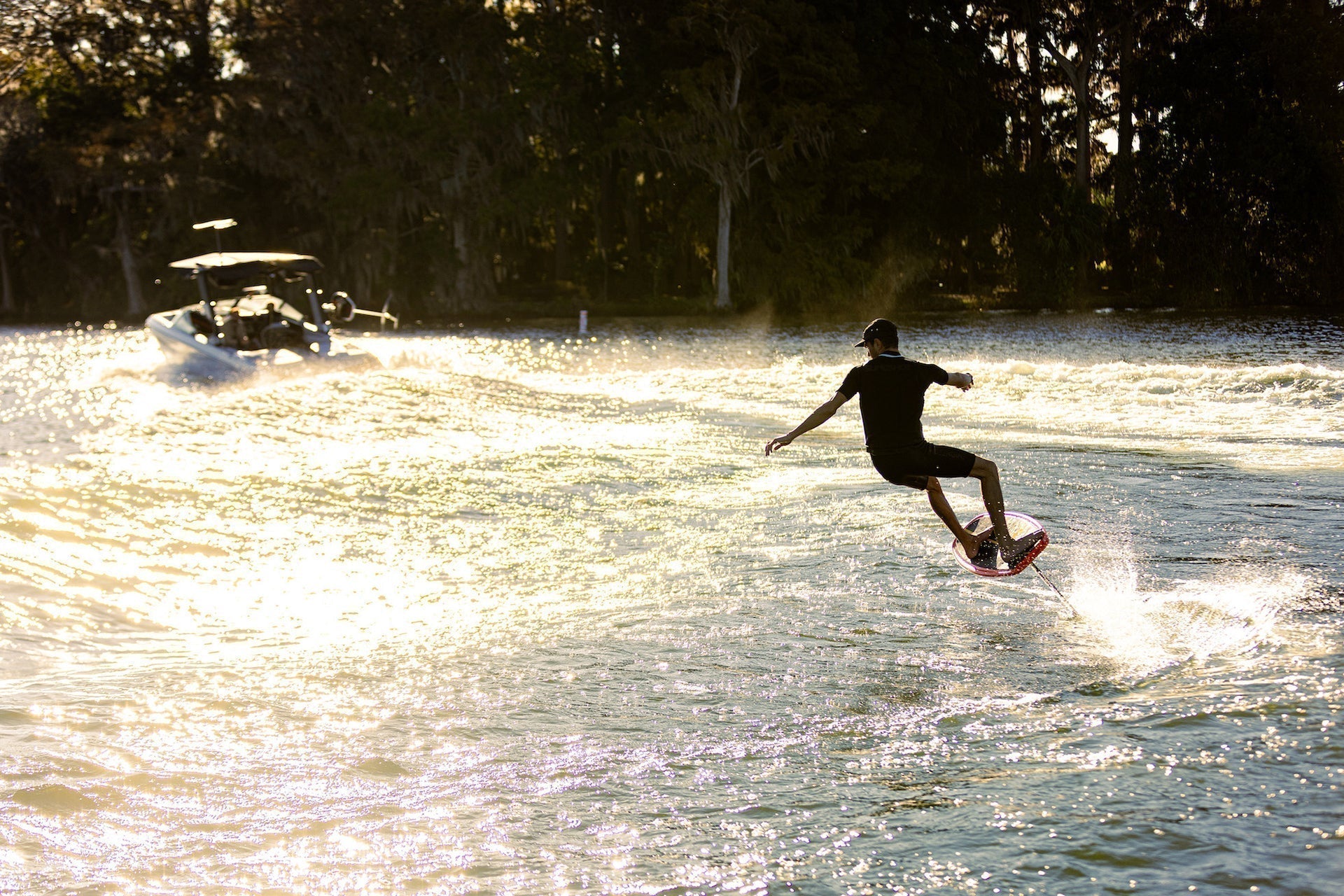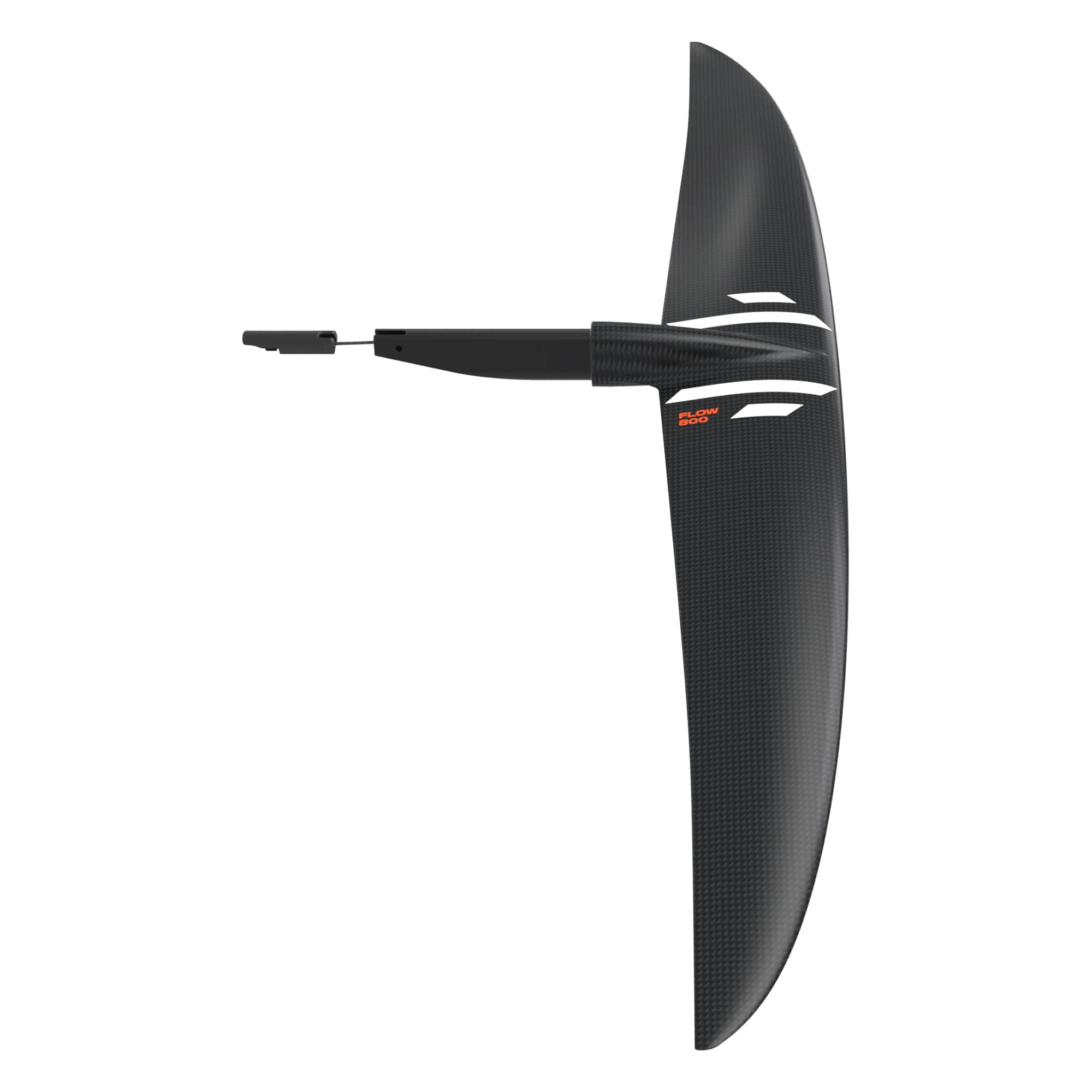One of the coolest things about the sport of hydrofoiling is that you can catch thrills behind almost ANY boat...
From PWC’s to wakesurf boats, offshore fishing boats to inshore bay boats and even John boats, if it’s got 20+ horses and a place to tie the rope, it’s likely a true foiler will be asking if they can get a tow! The beauty of foiling is you can scratch the itch and improve your skills behind almost anything.
The purpose of this article is to share a few tips and tricks to maximize the stoke and progression of every session regardless of what brand or style of boat you find yourself behind.
Outboards and I/O's

Fred Hope and Chase Heavener riding hands free on waves 2 and 3 of a 19' Boston Whaler.
Important Safety PSA – Outboard boats are not built with the intent to be surfed up close like a traditional surf boat due to the danger of an outboard motor – Slingshot recommends foiling these boats on waves 2 and beyond to allow for a comfortable safety barrier between the rider and the propeller. With that being said, aim for a speed of around 11-12 mph and use a long rope around 70-80ft. This will put you right in the sweet spot either to learn to foil in the center of the boat and far back from turbulence, or, when you’re ready, to approach the rolling swell of wave 2 where you can surf hands free with the proper foil wing beneath your feet.

Pontoon's are one of the most common outboard boats, and yes, also an option for foiling with friends...
PWC’s – Jetskis, wave runners, personal watercrafts, crotch rockets, lake lice – regardless of what you choose to call them, they are an absolute blast and excellent training tool for foiling. PWC’s have made foiling some of the biggest and most interesting waves in the world a reality with assisted “tow in” sessions all over the globe. Behind yours out on the lake the jetski can help you progress your carving, pumping, and gliding skills. One of our favorite moves on a jetski is to whip and pump off into the sunset, seeing primarily how far you can glide, and secondarily, how long you can pump / sustain flight. The ideal setup for a jetski is a rope length as long as 80 feet for long flowy carves, and as short as say 30 ft. to practice / simulate tow in foiling. Speeds somewhere in the range of 10-15 mph max are ideal to keep the foil feeling loose and fun beneath your feet.
Surf Boats

Surf boats are easy – they’re basically made for this and do an excellent job of providing thrills for one or even several foilers all at the same time. They’re like surf parks with endless waves that continue to roll long after your legs give out.
For beginner wake foilers there’s no need to add any ballast to the boat. Also, contrary to primal instinct, it’s easiest and safest for the rider to learn the feeling of foiling on a long wakeboard rope (70-80 ft) riding in the center of the boat. This allows them to understand the basics of flying the foil without introducing another energy source (a wave) into the equation. Because hydrofoils are so efficient they can glide hands free on a surprisingly small wave – so always start with the smallest wave setting and no ballast before working your way up.

Michael Williams boosting an indy grab on wave one of his Nautique wakesurf boat.
Intermediate and advanced foilers have most likely pressed all the buttons and toyed with all the settings, and of course every boat is slightly different, but in general we have found the sweet spot for wake foiling to be ½ - 1 mph faster than wakesurfing and with a wave that’s extremely round. Minimal whitewater on the first wave makes for an epic wave 1 session if that’s where you like to fly. You can also add an inside turn (if your wave is set to the port side you would also turn the boat slightly to the left) which really opens of the face of the wave like a long rolling mound with more room to play in the sweet spot.

Fred Hope carving up a storm on wave 3.
Waves 2 and 3 are our personal favorite places to ride with more space and freedom to explore, yet still plenty of power with use of ballast tanks. In this scenario we find that weight farther forward in the front and center of the boat creates a long and softer rolling wave with less whitewater. Whitewater on wave 1 creates turbulence on wave 2, so if you can achieve minimal whitewater on wave 1 it makes surfing waves 2 and 3 SMOOTH AS EGGS!

When it comes to catching air, wave 1 is hard to beat. It's got tons of energy that's pretty easy to embrace by simply closing your eyes and leaning back ; )
Finally, we can't help but resist the opportunity to remind you that Slingshot One Lock foils are completely screwless and assemble in a matter of seconds, making it easy to bring the foil along on most any occasion, store it under a seat or in a bag, then assemble it with ease (and without tools) should the opportunity arise for a quick flight ; )

For more wake foiling tips and tricks make sure to follow along with @slingshotfoil on social! Here's a sneak tease...




